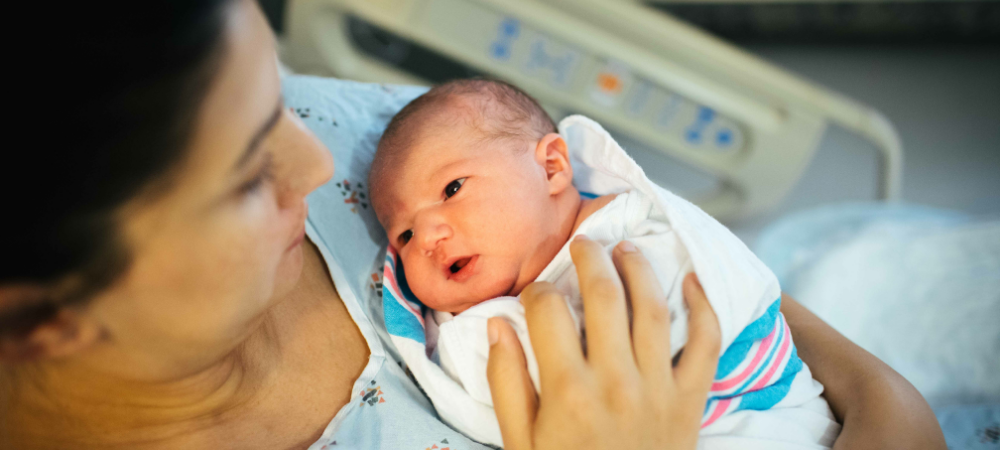
Sepsis is the body’s extreme reaction to infection—the body attacks its own organs and tissues, which can lead to tissue damage, organ failure, and death. Maternal sepsis usually occurs due to a severe bacterial infection of the uterus during pregnancy or immediately after childbirth, and is a leading cause of maternal death and morbidity. Maternal sepsis is the second leading cause of maternal death in the United States. It is also prevalent in developing countries, despite being highly preventable.
Maternal Sepsis Symptoms.
Signs and symptoms of maternal sepsis can vary. Contact a healthcare provider immediately if you have any of the following:
- Fever and chills
- Dizziness
- Lower abdominal pain
- Foul-smelling vaginal discharge
- Vaginal bleeding
- Increased heart rate
- Chesty cough
- Pain/burning on passing urine or not passing urine in a day
- Feelings of discomfort or illness
If you detect even a few of these symptoms, seek medical help immediately and ask, “could it be sepsis?”
Causes of Maternal Sepsis.
Maternal sepsis usually occurs when a C-section incision, tear or other wound from childbirth becomes infected in the days or weeks after giving birth. However, any kind of infection during pregnancy or after childbirth such as pneumonia, strep throat, and urinary tract infections can lead to sepsis.
Maternal sepsis could be caused by pre- or postpartum infections due to:
- Mastitis (one or both breasts)
- Miscarriage
- Preterm delivery
- Membrane rupture due to prolonged or obstructed labor
- Cesarean/C-section
- Non-sterile abortion
- Stillbirth
- Multiple gestations (twins or more)
- Pneumonia
- Strep throat
- Urinary tract infection
Even minor interventions and complications during childbirth can lead to infections, including:
- Having a long labor or if your water breaks more than 18 hours before delivery
- Having multiple vaginal examinations during labor
- Using forceps or a vacuum during delivery
Maternal and Postpartum Sepsis Risk Factors:
Any woman who is pregnant, has miscarried or aborted, or has delivered a baby can develop maternal sepsis. Some women are more likely to develop maternal sepsis during pregnancy or after childbirth.
These include:
- Women younger than 20 years old at the time of birth
- Hispanic, Black and Asian women
- Women who deliver via C-section
The risk of infection and sepsis increases as a result of:
- Pregnancy with twins or other multiples
- Diabetes and other chronic illnesses
- Mastitis (breast infection
- In vitro fertilization
- Amniocentesis
- Chorionic villus sampling (CVS)
Diagnosing Sepsis During and After Pregnancy.
As with other forms of sepsis, diagnosing maternal sepsis can be difficult. Doctors often order multiple exams, including blood tests, to determine evidence of infection. They also check for abnormal vaginal discharge, edema and hypoglycemia among other symptoms. The key to early detection is to be vigilant about the risk of maternal sepsis in all pregnant women. Many hospitals are recommended to use a Modified Early Warning Scoring chart as maternal sepsis requires early detection and treatment.
Maternal Sepsis Treatment.
A variety of medications and procedures are used in treating maternal and postpartum sepsis, including antibiotics to treat the infection, vasopressors to increase blood pressure, IV fluids and sometimes surgery. A multidisciplinary team, including obstetricians, gynecologists, anesthetists, and intensivists, may be required for treatment. Early, aggressive treatment boosts the chances of surviving maternal sepsis.
Preventing Sepsis During and After Pregnancy.
Maternal sepsis can be prevented. It is important to speak up to a healthcare provider if you feel unwell so that you can be treated as quickly as possible. Speaking up can be hard, but if something doesn’t feel right, tell your healthcare provider. Make sure your questions are answered and don’t let anyone dismiss your concerns. The most important factor in preventing during pregnancy is to prevent and treat infections immediately and ensure clean birthing/delivery practices
To prevent sepsis during pregnancy:
- Contact your healthcare provider if you think you have an infection of any kind
- Be up to date on routine vaccinations, especially flu vaccinations
- If a C-section is recommended, ask your healthcare provider how to avoid infection following a C-section
To prevent postpartum sepsis (after childbirth):
- Wash your hands often
- Keep C-section incisions, vaginal or perineal tears and other wounds clean
- Avoid using tampons
Maternal sepsis is still the second leading cause of maternal death. Better education about and awareness of maternal sepsis are crucial to changing this statistic. Join the fight and help us end maternal sepsis.

